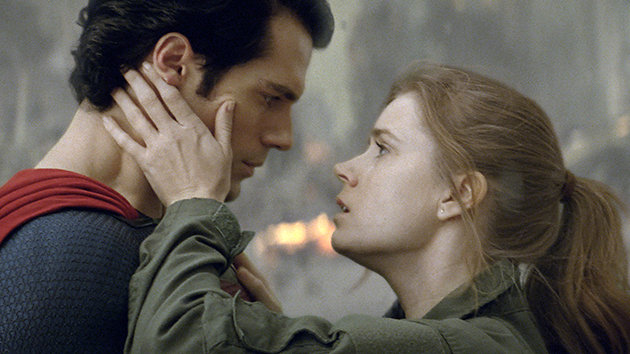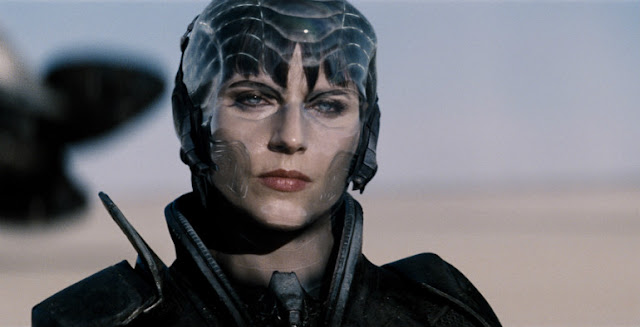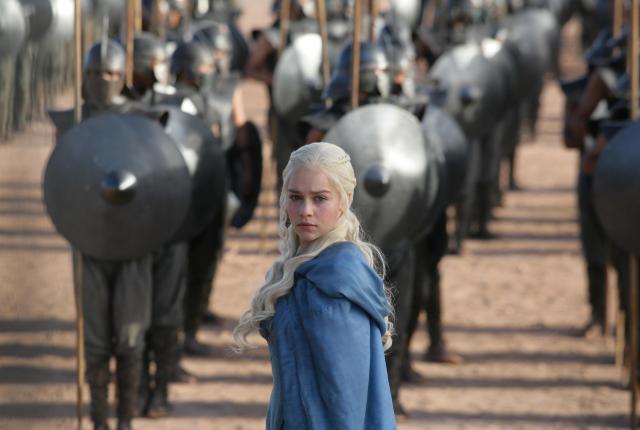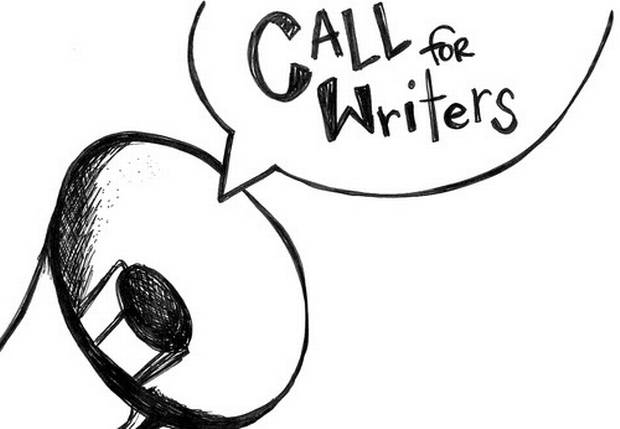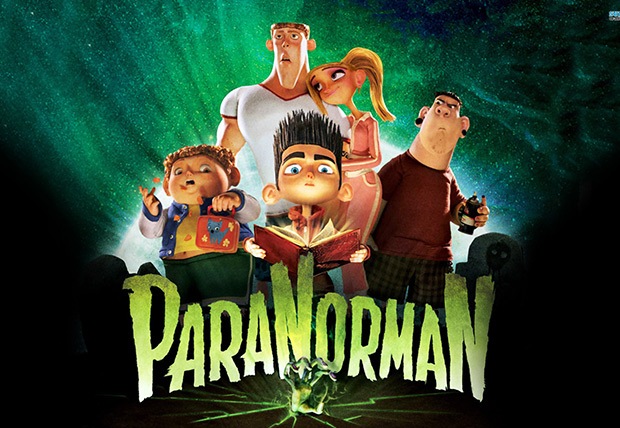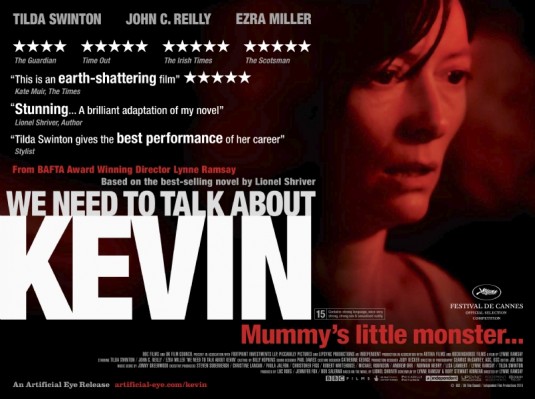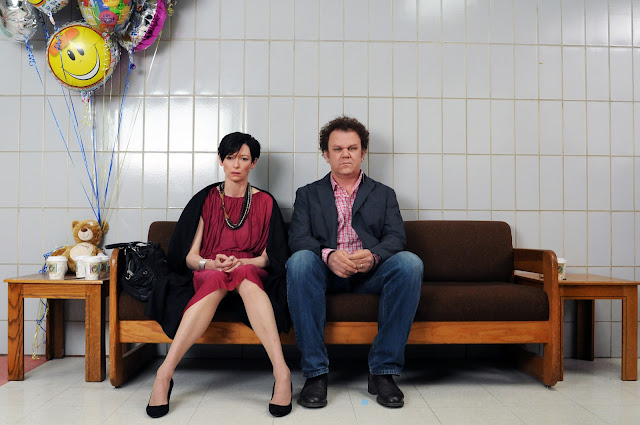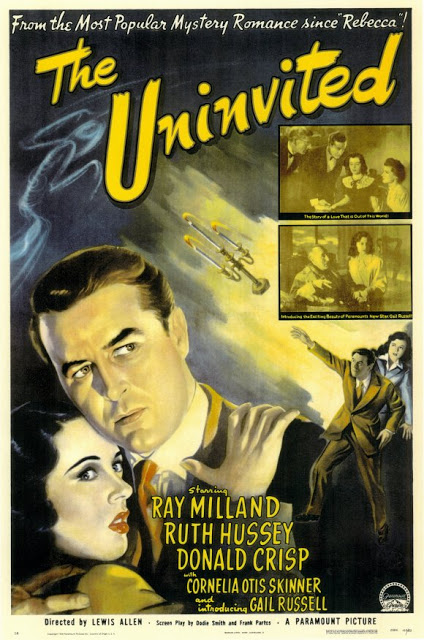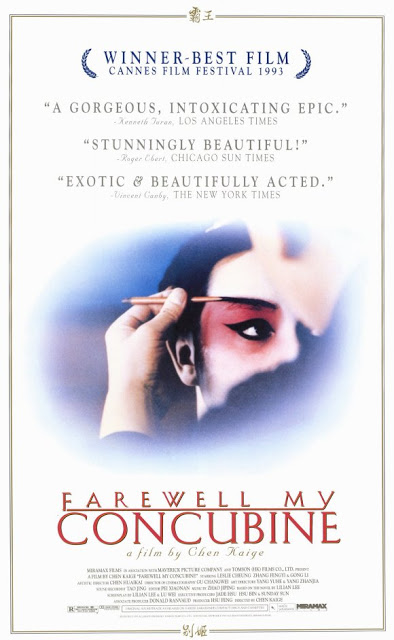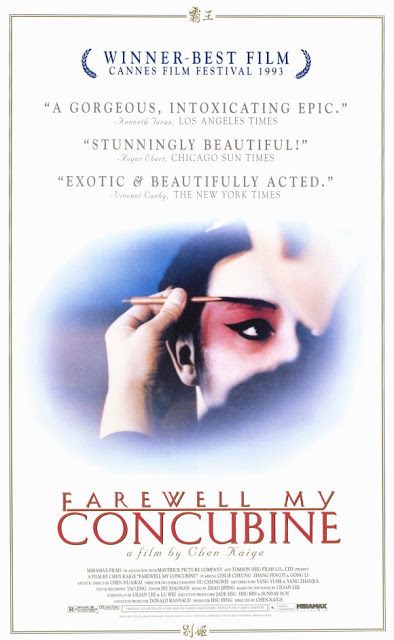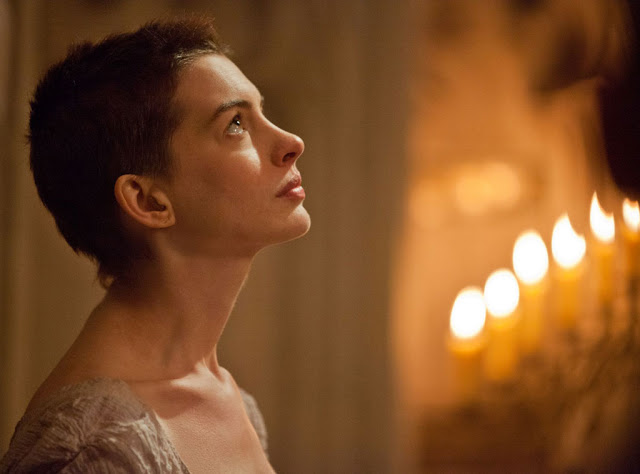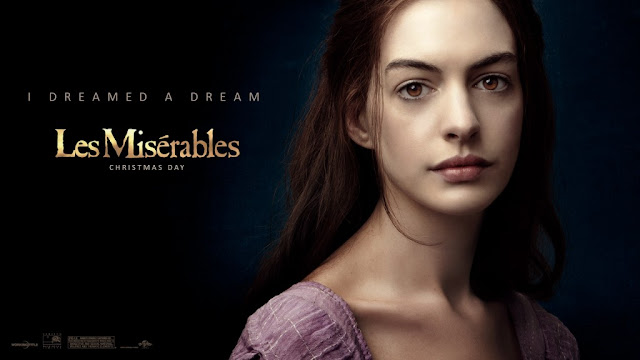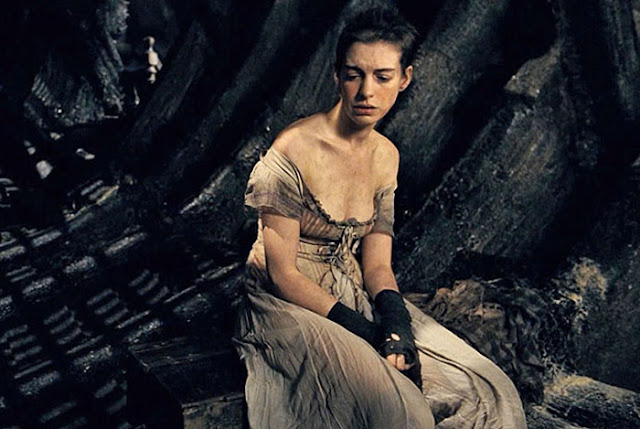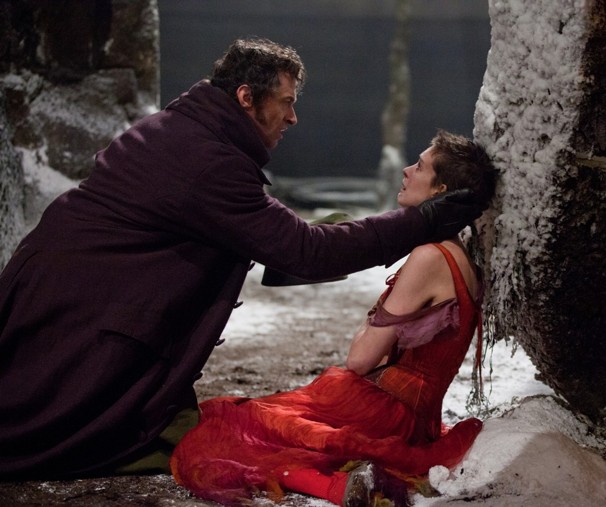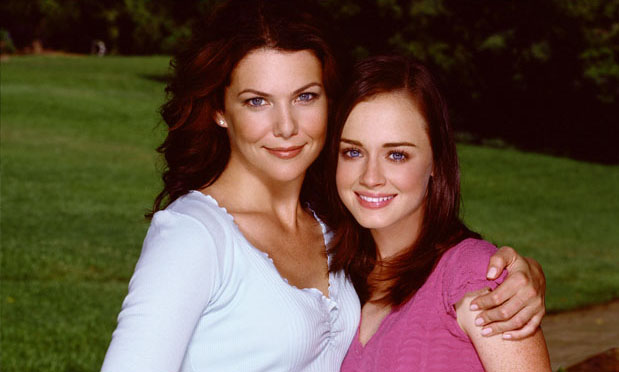 |
| Amy Adams as Lois Lane in Man of Steel |
In the Superman films with Margot Kidder and Christopher Reeve, Lois is a better reporter than Clark. He can type faster but she’s a shrewd investigative journalist. He has the brawn while she has the brains. But both share a morality: he wants to save people in danger; she wants to tell stories to inform the public and expose injustice. Because of this, both are fairly equal despite Superman’s superhero, god-like powers. There’s an interesting change in Lois’ role in Man of Steel. In the comics and previous films, Lois suspects but doesn’t know Clark is Superman, or if she does know, Clark erases her memory of his true identity. But here she discovers the truth early on. It puts the two characters on more equal ground.
 |
| Lois (Amy Adams) in Man of Steel |
What about Faora, Superman’s female Kryptonian, man-hating (in the comics) nemesis? She kicks some serious ass with a compelling fighting style. And it’s awesome. But again, she merely follows Zod, a dude, serving as his second in command. Why couldn’t she be in charge as the head villain? While she doesn’t have much personality, she does have an interesting exchange with Superman when she tells him he will always lose because he suffers the flaw of morality which she and her brethren have evolved past.
I initially thought this would be an annoyingly bro-tastic film with guidance and support strictly coming from the men in Clark/Kal-El’s life. But women play an equal role in the film. Unlike Star Trek Into Darkness where women remain mostly invisible or as sex objects, we see women in the military, women journalists besides Lois, and women on Krypton in leadership positions. “All of this may seem relatively minor, but it is rare for superhero movies to feature females in important, non-sexualized, non-damsel-in-distress roles.”
What is interesting though is Man of Steel’s commentary on masculinity. Throughout the film, Clark/Kal-El must wrangle with his emotions of identity and belonging. He wants to help people but his father keeps telling him he must hide his powers for people fear what they don’t understand, further underscoring the themes of immigration and xenophobia. When Clark is a young boy, he gets bullied. But he doesn’t fight back; he merely endures. He tells his father he wanted to hit the boy. His father nods and says that part of him wanted him to hit the bully. His father inquires, “But what would that accomplish?” When Clark is much older, traveling around and bouncing from job to job in anonymity, he again encounters a bully objectifying a female co-worker. He endures the bully’s taunts and walks away. There’s a continually dueling masculinity happening on-screen — a mature, calm and rational male who turns the other cheek and a toxic, aggressive, hyper-masculine male vying for supremacy.
 |
| Clark/Kal-El (Henry Cavill) and Martha Kent (Diane Lane) in Man of Steel |
Both sets of parents — Jor-El and Lara Lor-Van and Jonathan and Martha Kent — influence their son. Man of Steel shows how Clark/Kal-El benefits from the influence of both his adoptive and biological father and mother. Although it would have been nice to see Lara’s consciousness in the Fortress of Solitude, not just Jor-El. Through much of the film, it’s Jor-El and Jonathon Kent providing guidance. But Martha Kent provides as strong an impact on Clark. She teaches her son to silence all of the chaos in his mind (brought on by his superpower senses of hearing, sight and smell), to focus only on the sound of her voice. In a genre that often features “absent mothers,” it’s great to see the power of motherhood here.
By showcasing the strength of his bonds with his father and mother, the film asserts that men need both feminine and masculine spheres in their lives. Superman finds inner peace when he learns of his past and when Lois believes in him. The men in Clark/Kal-El’s life teach him outer strength while the women in his life teach him inner strength.
The message underscoring the film is choice. That we can choose our destiny, choose the lives we lead. I found this especially compelling considering 2013 is shaping up to be the worst year for reproductive rights and the film’s subtle reproductive justice theme as Jor-El and Lara defy the laws of Krypton to conceive Kal-El/Clark. They choose to defy the eugenics of their society and have a child who can choose his own path, not merely follow the one laid out for him by society. They also choose to jettison their child to Earth in order to save his life. While we get to see Jor-El in all kinds of action scenes, Lara is the one who chooses to push the button launching Kal-El when her husband is threatened. By the end of Man of Steel, Superman must make a choice. He must choose Krypton or Earth. And he ultimately decides through a surprising violent act that runs counter to Superman’s moral code. When he breaks down because of his decision, Lois is there to comfort him.
 |
| Lara Lor-Van (Ayelet Zurer) in Man of Steel |
While I liked it and it’s by far my favorite Snyder film (although trust and believe, that’s not saying much), it’s kind of a mess with tissue-thin characters and not being able to decide what it wanted to be. While it’s “criticial of hyper-masculinity and the violence it engenders” and “condemns sexual objectification and harassment of women,” the film’s last third contained such an onslaught of non-stop violent action it seems to contradict the theme of the perils of violence and aggression. Yet it’s nice to see a film argue that “choice saves the world.”
What does this mean? That men should choose to be gentle? That they should connect with femininity? That men should choose to use violence only when “necessary”? Perhaps it means that men don’t have to be aggressive bullies. They can choose another way as restraint, compassion and tenderness don’t strip men of their masculinity.
Some have hailed Man of Steel “the most feminist action film of the year.” Yes, it depicts women in various roles, boasts an intelligent female love interest and a kickass female villain, and questions toxic hyper-masculinity. Despite all its strides, can a film truly be feminist if it ultimately revolves around dudes?
 |
| Superman (Henry Cavill) and Lois (Amy Adams) in Man of Steel |
